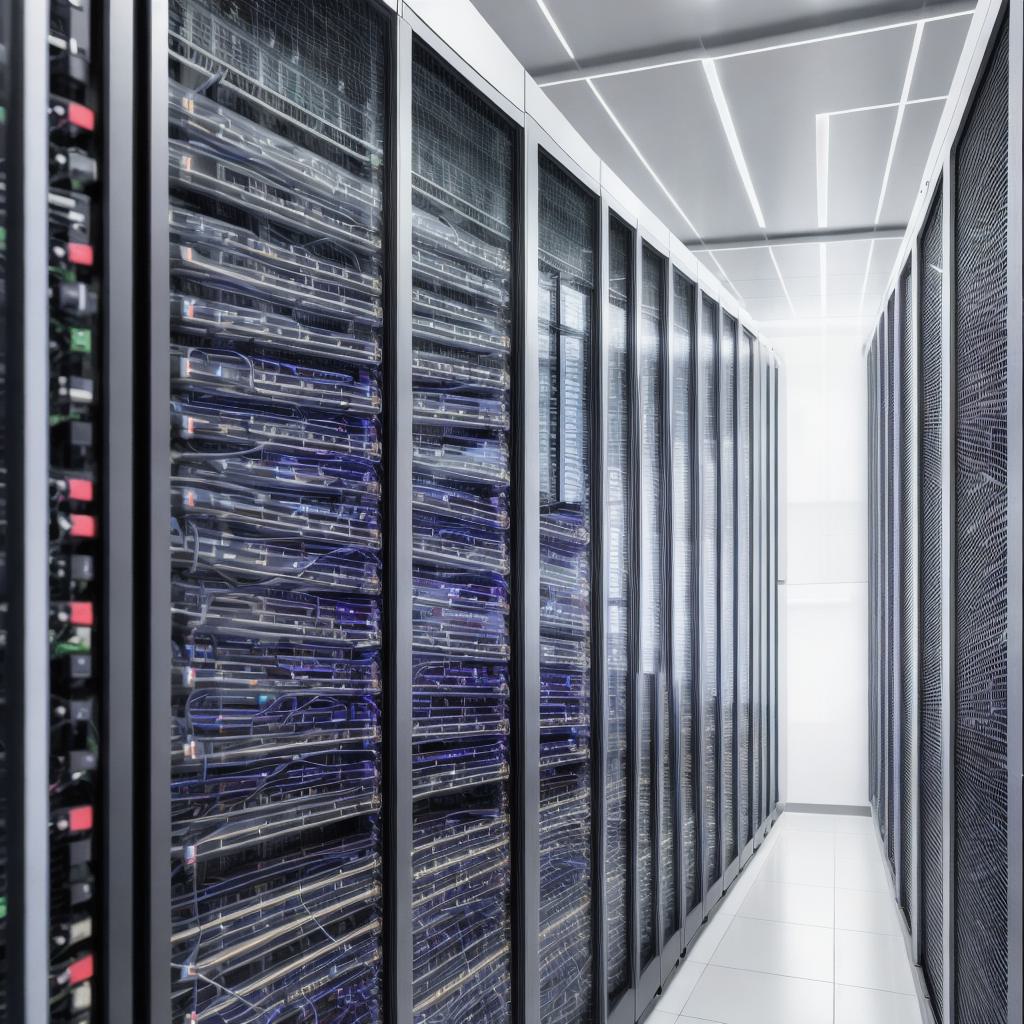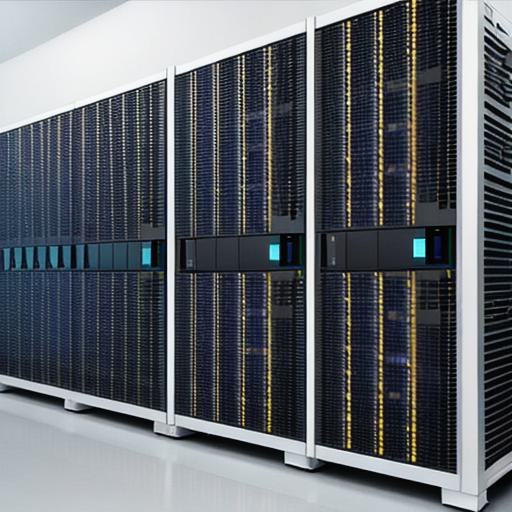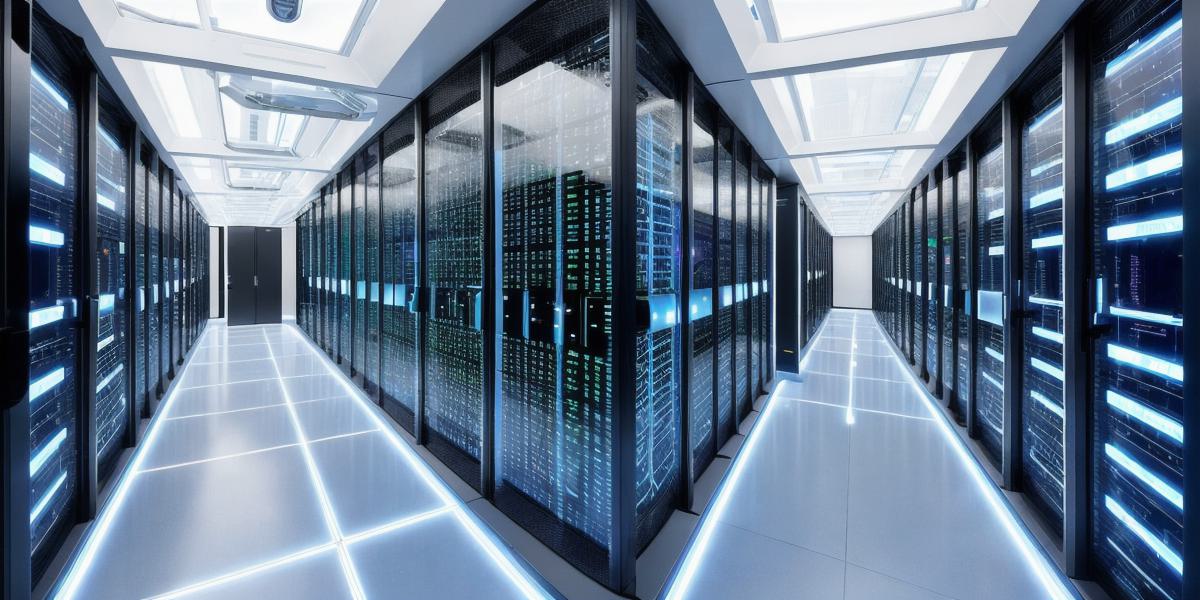Data centers are the backbone of today’s digital economy, powering the applications and services we use every day. As we move towards a more connected and data-driven world, data centers must evolve to keep up with the demands of businesses and consumers alike. In this article, we’ll explore some of the key trends and advancements expected in data centers by 2024.
- Edge Computing
One trend that is gaining momentum is edge computing. With the increasing amount of data being generated at the edge, it makes sense to process and analyze this data closer to where it’s being produced. This can help reduce latency, improve response times, and save bandwidth. For example, self-driving cars generate vast amounts of data that need to be processed in real-time, making edge computing an essential component of their infrastructure.
- Artificial Intelligence (AI) and Machine Learning (ML)
Another trend is the use of AI and ML in data centers. These technologies are being used to optimize resource utilization, predict failures, and improve overall performance. For instance, Google’s data centers use neural networks to predict server failures before they occur, reducing downtime and saving costs.
- Sustainability
As the carbon footprint of data centers continues to grow, sustainability is becoming a top priority. Data center operators are looking for ways to reduce their energy consumption and carbon emissions. For example, Microsoft’s data centers in Quincy, Washington, use 100% renewable energy, while Google’s data centers are designed to be net-zero.
- Liquid Cooling
Liquid cooling is another trend that is gaining popularity in data centers. This method of cooling uses liquid instead of air to cool servers, resulting in higher efficiency and lower power usage. For instance, Facebook’s Prineville data center uses a custom liquid cooling system that reduces water usage by 95% compared to traditional air-cooled data centers.
- Software-Defined Everything (SDx)

Software-defined everything (SDx), including networking and storage, is becoming increasingly common in data centers. This approach allows for greater flexibility, agility, and automation, making it easier to manage complex infrastructure. For example, VMware’s SDDC platform allows organizations to manage their entire data center as a single entity, reducing the need for manual intervention.

- Multi-Cloud and Hybrid Cloud
Finally, multi-cloud and hybrid cloud are becoming the norm in data centers. Organizations are using multiple clouds, both public and private, to meet their unique business needs. For example, Amazon Web Services (AWS) offers a range of services for organizations looking to move their workloads to the cloud, while Microsoft Azure provides a similar offering.
In conclusion, data centers are undergoing significant changes as they adapt to meet the demands of today’s digital economy. From edge computing and AI/ML to sustainability and liquid cooling, these trends and advancements will shape the future of data centers by 2024. By embracing these innovations, organizations can reduce costs, improve performance, and create new opportunities for growth.
